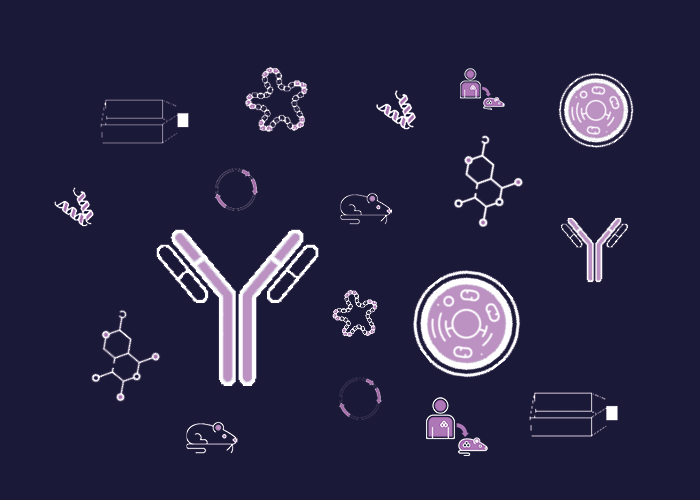
Cat. #161918
SK-MEL-3 Cell Line
Cat. #: 161918
Availability: 8-10 weeks
Organism: Human
Tissue: Skin
Model: Tumourigenic
£575.00
This fee is applicable only for non-profit organisations. If you are a for-profit organisation or a researcher working on commercially-sponsored academic research, you will need to contact our licensing team for a commercial use license.
Contributor
Inventor: Lloyd J. Old, Germain Trempe
Institute: Memorial Sloan-Kettering Cancer Center (MSK)
Primary Citation: Fogh et al. 1977. Journal of the National Cancer Institute. 59: 221-226. PMID: 327080.
Tool Details
*FOR RESEARCH USE ONLY (for other uses, please contact the licensing team)
- Name: SK-MEL-3 Cell Line
- Cancer: Skin cancer
- Organism: Human
- Gender: Female
- Tissue: Skin
- Donor: This cell line was established in 1972 from a metastatic site (lymph node) in a 42-year-old Caucasian female with malignant melanoma.
- Morphology: Fibroblast
- Growth properties: Adherent
- Model: Tumourigenic
- Model description: Tumourigenic in nude mice; forms pigmented malignant melanoma
- Products or characteristics of interest: Karyotype: (P13) hypotetraploid to hypertetraploid with abnormalities including dicentrics, pulverizations, secondary constrictions and minutes. Isoenzymes: AK-1, 1; ES-D, 1; G6PD, B; GLO-I, 1-2; PGM1, 1-2; PGM3, 1
- Description: SK-MEL-3 is one of a series of melanoma cell lines established from patient-derived tumour samples. This cell line is known to form tumours in immunocompromised mice.
- Application: 3D cell culture; High-throughput screening; Toxicology
- Biosafety level: 1
Target Details
- Target: Antigen expression: Blood Type O; Rh+
Applications
- Application: 3D cell culture; High-throughput screening; Toxicology
Handling
- Growth medium: McCoy's 5a Medium Modified supplemented with FBS to a final concentration of 15%
- Temperature: 37° C
- Atmosphere: 5% CO2 in air
- Shipping conditions: Dry Ice
- Storage medium: Complete growth medium supplemented with 5% (v/v) DMSO
- Storage conditions: Vapor phase of liquid nitrogen
- Subculture routine: Volumes used in this protocol are for 75 cm2 flask; proportionally reduce or increase amount of dissociation medium for culture vessels of other sizes. Remove and discard culture medium. Briefly rinse the cell layer with 0.25% (w/v) Trypsin-0.53mM EDTA solution to remove all traces of serum, which contains trypsin inhibitor. Add 2.0 to 3.0 mL of Trypsin-EDTA solution to flask and observe cells under an inverted microscope until cell layer is dispersed (usually within 5 to 15 minutes). Note: To avoid clumping do not agitate the
- Str profiling: Amelogenin: XCSF1PO: 9,10D13S317: 12,13D16S539: 11D5S818: 11D7S820: 8,10TH01: 6TPOX: 8vWA: 14,18D3S1358: 17,18D21S11: 29,30D18S51: 10,18Penta_E: 11,15Penta_D: 9,13D8S1179: 14FGA: 24D19S433: 15,16.2D2S1338: 19,23
References
- Fogh et al. 1977. Journal of the National Cancer Institute. 59: 221-226. PMID: 327080.



